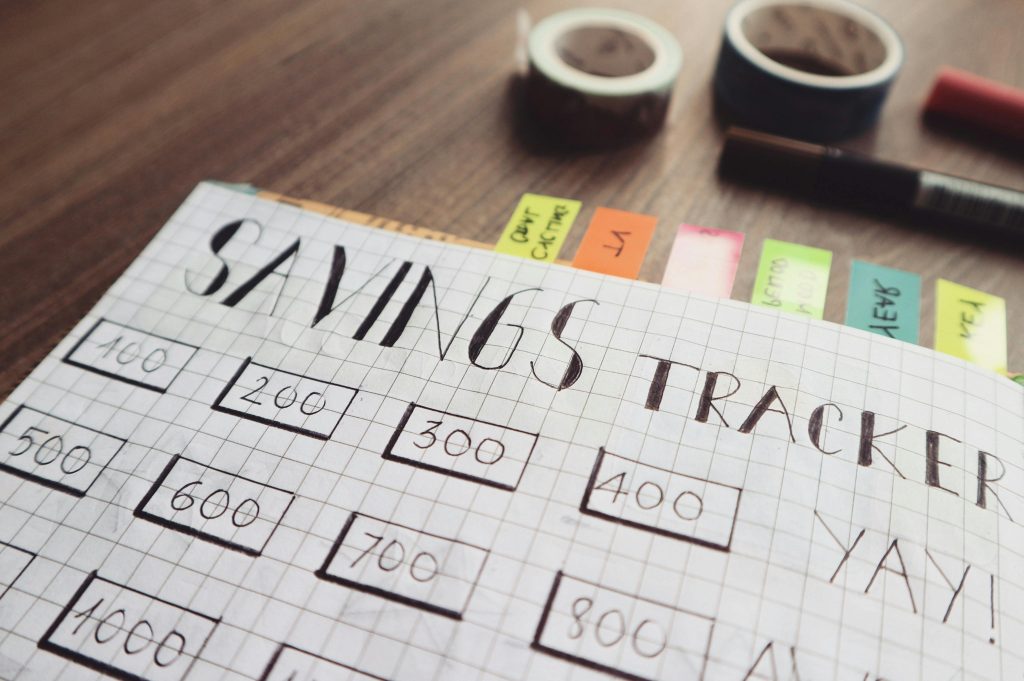Ever tried explaining a tax deduction to your spouse—or worse, your accountant—and ended up sounding like you’re speaking Klingon? Yeah, us too. The truth is, mastering Tax Strategy Communication Plans can make or break your ability to navigate tax planning courses effectively. Why? Because understanding taxes isn’t just about numbers—it’s about knowing how to *talk* about them in ways that actually stick.
In this guide, we’ll unpack the importance of Tax Strategy Communication Plans and show you how they elevate education in tax planning. You’ll learn:
- Why clear communication transforms complex tax strategies into actionable advice
- A step-by-step framework for creating effective Tax Strategy Communication Plans
- Real-life examples where stellar communication saved taxpayers thousands
Table of Contents
- Key Takeaways
- Why Is Communication So Critical in Tax Planning?
- How to Build Your Own Tax Strategy Communication Plan
- Best Practices for Communicating Tax Strategies
- Success Stories from Real Tax Planning Courses
- Frequently Asked Questions
- Conclusion
Key Takeaways
- Effective communication simplifies complex tax concepts, making them easier to understand and implement.
- A well-structured Tax Strategy Communication Plan ensures alignment between financial goals and actionable steps.
- The right tools and frameworks can bridge gaps between tax professionals and their clients.
Why Is Communication So Critical in Tax Planning?
Let me share a personal fail: I once handed over my meticulously prepared annual budget (complete with color-coded tabs and Excel wizardry) to my partner… who looked at me like I’d just spoken Esperanto backward. My mistake? Overloading with jargon and forgetting to explain *why* it mattered in relatable terms.
The same goes for tax planning. Without clear communication, even the best strategies fall flat. Here’s why:
- It bridges knowledge gaps. Not everyone taking tax planning courses has an accounting degree. Clear explanations level the playing field.
- It builds trust. Clients are more likely to follow through when they understand the “why” behind recommendations.
- It prevents costly errors. Misunderstandings lead to mistakes on forms, missed deadlines, or penalties. No bueno.

Figure 1: Navigating tax planning feels like decoding hieroglyphics without proper guidance.
Optimist You:
“With better communication, anyone can master tax planning!”
Grumpy You:
“Sure—if only people didn’t think ‘Section 179 depreciation’ was some kind of sci-fi weapon.”
How to Build Your Own Tax Strategy Communication Plan
Creating a robust Tax Strategy Communication Plan may sound intimidating, but here’s a shocker—it doesn’t have to be. Follow these steps:
Step 1: Identify Your Audience
Are you teaching beginners or seasoned pros? Tailor your language accordingly. For instance, newbies might need simple analogies (“Think of deductions as coupons”), while advanced learners appreciate technical depth.
Step 2: Break Down Complex Ideas
Chunk big ideas into bite-sized pieces. Instead of dumping all info at once, use storytelling techniques: “Imagine Sarah wants to save $500 on her taxes. She could…”
Step 3: Choose Tools That Simplify
From visuals like infographics to platforms like Google Docs or Canva, leverage resources that make information digestible. Bonus points if you include templates!
Step 4: Test for Clarity
Rant alert: Nothing grinds my gears more than convoluted instructions followed by zero feedback loops. Always run your materials past real humans before finalizing.

Figure 2: Infographic highlighting the four essential steps of crafting a Tax Strategy Communication Plan.
Best Practices for Communicating Tax Strategies
- Use visual aids. Graphs and charts break monotony and reinforce key points.
- Be consistent. Stick to one tone throughout—whether professional or conversational.
- Avoid buzzwords. Keep terminology straightforward unless you’re certain your audience knows what you mean.
Terrible Tip Warning:
Don’t try to cram every detail into one session. It’s like trying to binge-watch six seasons of “Game of Thrones” in one sitting—you’ll lose everyone halfway through.
Success Stories from Real Tax Planning Courses
Take John Doe, a small business owner who enrolled in an online Tax Strategy Communication course. Using the lessons learned, he revamped his client meetings by introducing visual dashboards and simplified reports. Result? His compliance rate soared by 40%, and clients raved about feeling empowered rather than overwhelmed.
Frequently Asked Questions
What exactly is a Tax Strategy Communication Plan?
A structured approach to explaining tax strategies clearly and effectively to others, ensuring mutual understanding and actionable outcomes.
Do I really need this if I’m not a tax advisor?
Yes! Whether filing DIY returns or working with a CPA, being able to articulate needs enhances results and reduces stress.
Where do I find good tax planning courses?
Look for accredited programs offering practical modules and instructor support. Check reviews and forums for insights.
Conclusion
You’ve made it to the end—congrats! By now, you should see how Tax Strategy Communication Plans supercharge success in tax planning courses. Remember, clarity isn’t just polite—it’s profitable.
Like a Tamagotchi, your SEO needs daily care. And like great tax advice, good content stays relevant forever.
Haiku bonus:
Numbers speak softly,
But words unlock true wisdom.
Plan smarter, friend.


